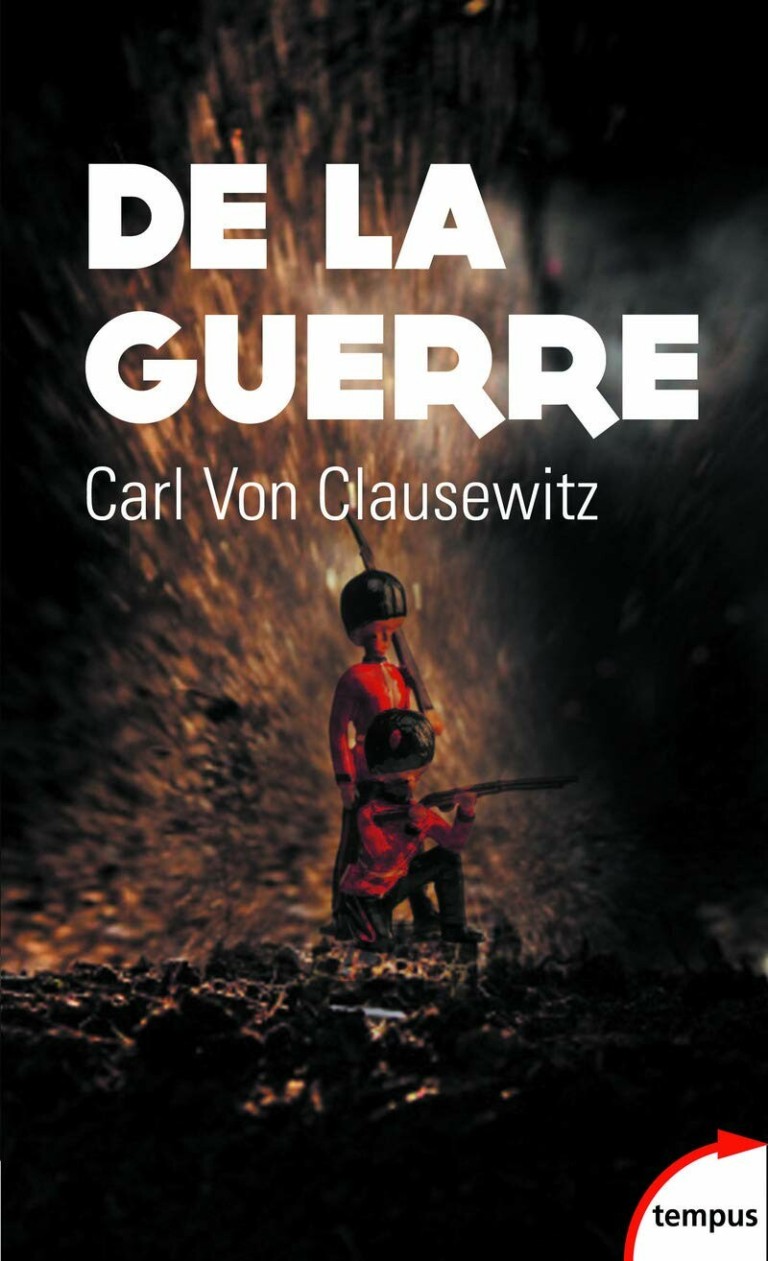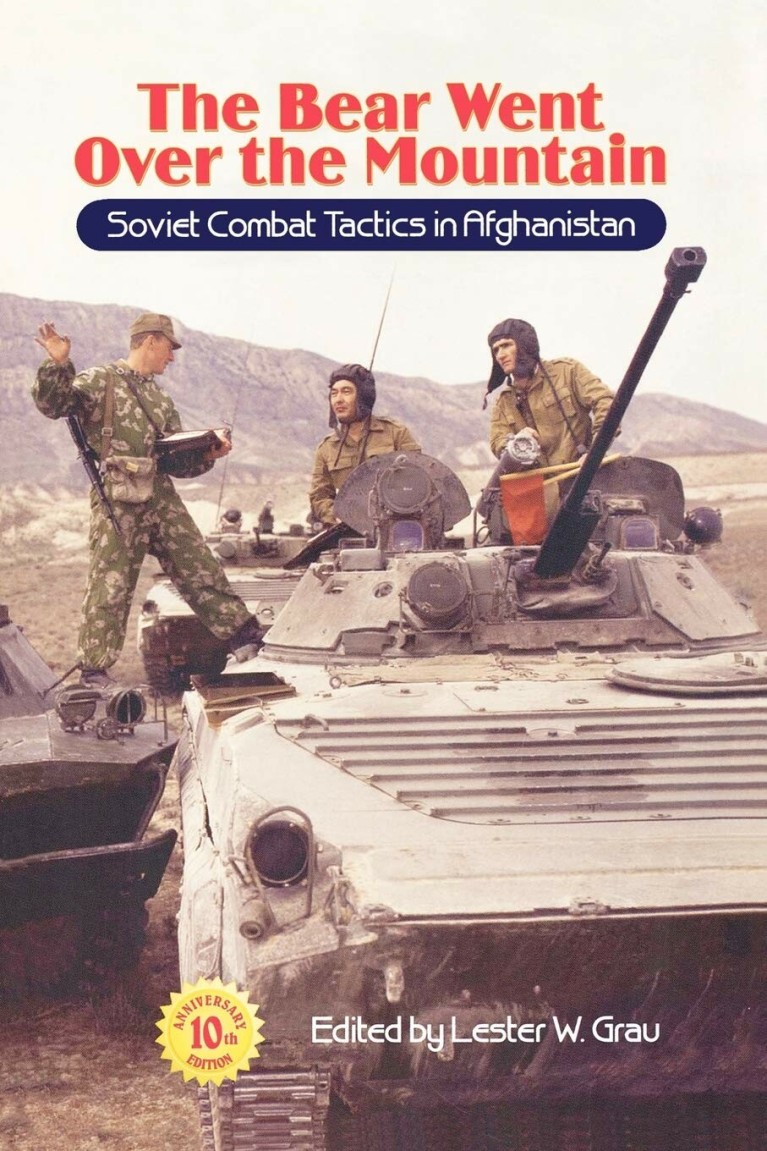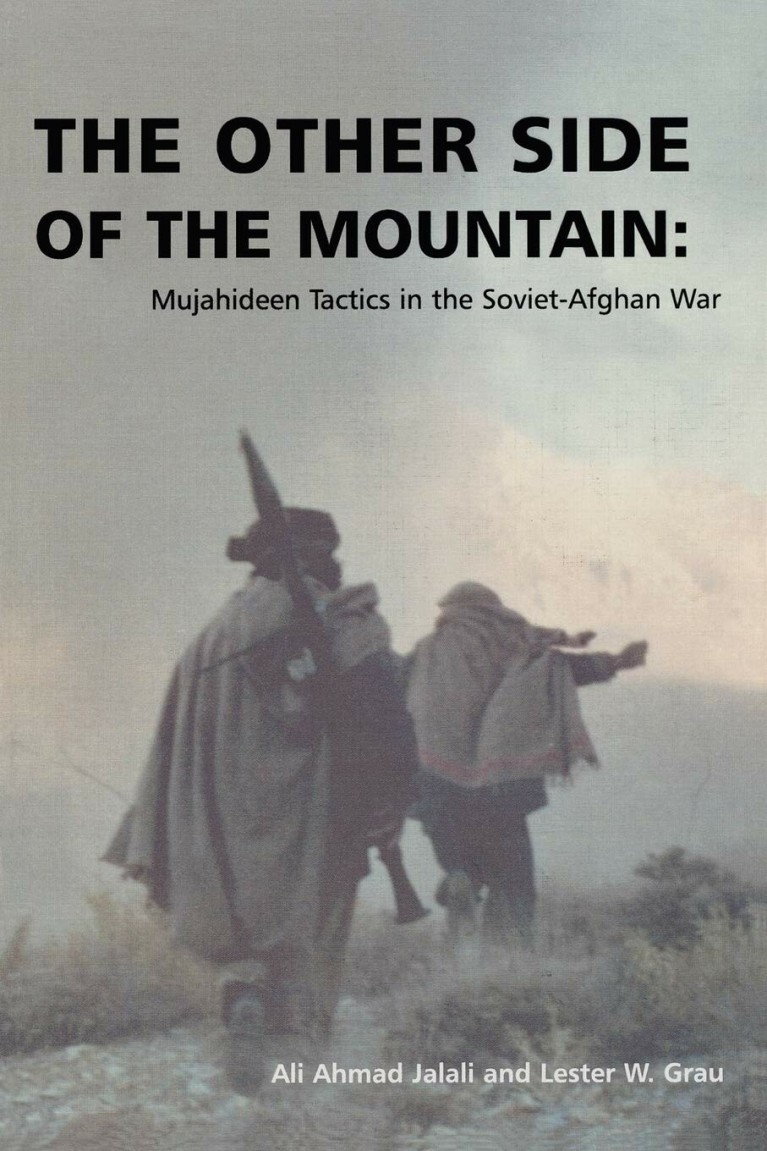Livres recommandés par Régis Le Sommier
Le Vieil Homme et la Mer Ernest Hemingway
À Cuba, voilà quatre-vingt-quatre jours que le vieux Santiago rentre bredouille de la pêche, ses filets désespérément vides. La chance l'a déserté depuis longtemps. À l'aube du quatre-vingt-cinquième jour, son jeune ami Manolin lui fournit deux belles sardines fraîches pour appâter le poisson, et lui souhaite bonne chance en le regardant s'éloigner à bord de son petit bateau. Aujourd'hui, Santiago sent que la fortune lui revient. Et en effet, un poisson vient mordre à l'hameçon. C'est un marlin magnifique et gigantesque. Débute alors le plus âpre des duels. Combat de l'homme et de la nature, roman du courage et de l'espoir, Le vieil homme et la mer est un des plus grands livres de la littérature américaine.
Recommandé par : Régis Le Sommier (et aussi par François Busnel)
Episode : Régis Le Sommier : Journaliste sous les balles ? - Thinkerview
De la guerre Carl von Clausewitz
De la guerre, ouvrage inachevé publié en 1832, un an après la mort de son auteur, marque une rupture radicale dans la façon de concevoir le phénomène de la guerre. Avant Carl von Clausewitz, la littérature militaire était essentiellement descriptive et utilitaire. S'appuyant à la fois sur sa réflexion théorique et sur son expérience de terrain - en particulier sa participation à la bataille d'Iéna en 1806 -, Clausewitz, le premier, pense la guerre dans toutes ses dimensions et dans sa relation avec le politique, dont elle dépend. Pour ce Prussien de génie, et désormais pour toute la doctrine militaire occidentale, la stratégie et la tactique constituent un art fondé sur des principes rationnels au service d'une volonté.
Recommandé par : Régis Le Sommier
Episode : Régis Le Sommier : Journaliste sous les balles ? - Thinkerview
The Bear Went Over the Mountain: Soviet Combat Tactics in Afghanistan Lester W. Grau
This rare 10th anniversary edition (published in 2007) contains a new introduction by expert Soviet historian David M. Glantz. In addition all maps and graphics have been enhanced from the 1996 edition. "When the Soviet Union decided to invade Afghanistan, they evaluated their chances for success upon their experiences in East Germany, Hungary and Czechoslovakia. Unfortunately for their soldiers, as well as the people of Afghanistan, they ignored not only the experiences of the British in the same region, but also their own experience with the Basmachi resistance fighters in Central Asia from 1918-1933. Consequently, in Afghanistan the Soviet army found its tactics inadequate to meet the challenges posed by the difficult terrain and the highly motivated mujahideen freedom fighters. To capture the lessons their tactical leaders learned in Afghanistan and to explain the change in tactics that followed, the Frunze Military Academy compiled this book for their command and general staff combat arms officers. The lessons are valuable not just for Russian officers, but for the tactical training of platoon, company and battalion leaders of any nation likely to engage in conflicts involving civil war, guerrilla forces and rough terrain. This is a book dealing with the starkest features of the unforgiving landscape of tactical combat: casualties and death, adaptation, and survival." (From the original foreword by Hans Binnendijk, 1996).
Recommandé par : Régis Le Sommier
Episode : Régis Le Sommier : Journaliste sous les balles ? - Thinkerview
The Other Side of the Mountain: Mujahideen Tactics in the Soviet-Afghan War Ali Jalali & Lester W. Grau
Originally printed in very limited numbers in 1995, this book is a companion piece to "The Bear Went Over the Mountain: Soviet Combat Tactics in Afghanistan". This unabridged quality reprint will provide tremendous insight for historians, journalists and anyone deployed in Afghanistan. Contains accounts of numerous actions fought by the Afghan resistance. Each account is told by the Afghan commander who participated in the action described. These commanders in the vast majority, were civilians who took up arms against the Soviets and developed the skills necessary to command guerrilla units. Most of these accounts are supported by a full page map, that show the topography, the locations of the attackers and defenders, movements, fields of fire etc. In addition is an invaluable guide to anyone wishing to understand modern guerrilla warfare, whether conducting one or fighting against guerrillas in the field. In addition this study provides invaluable insights in how to train and support guerrillas in the field. Each operation is commented on to highlight the elements that caused the operation/action to succeed or fail. In the event of failure what should have been done to have prevented such failure, or in the case of success what could have been done to have improved on that success.
Recommandé par : Régis Le Sommier
Episode : Régis Le Sommier : Journaliste sous les balles ? - Thinkerview
Régis Le Sommier apparait dans les épisodes suivants :
Thinkerview diffusé le 15/10/2021
Régis Le Sommier : Journaliste sous les balles ?
S'abonner à la newsletter
Inscrivez-vous pour recevoir les derniers livres ajoutés sur le site une fois par semaine



